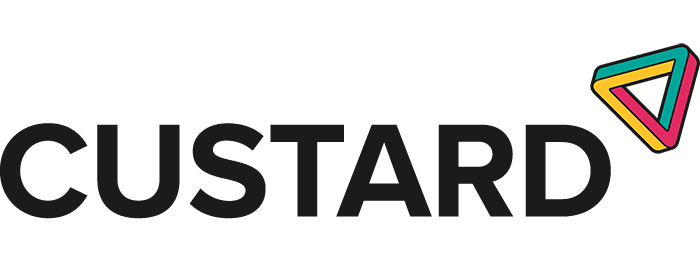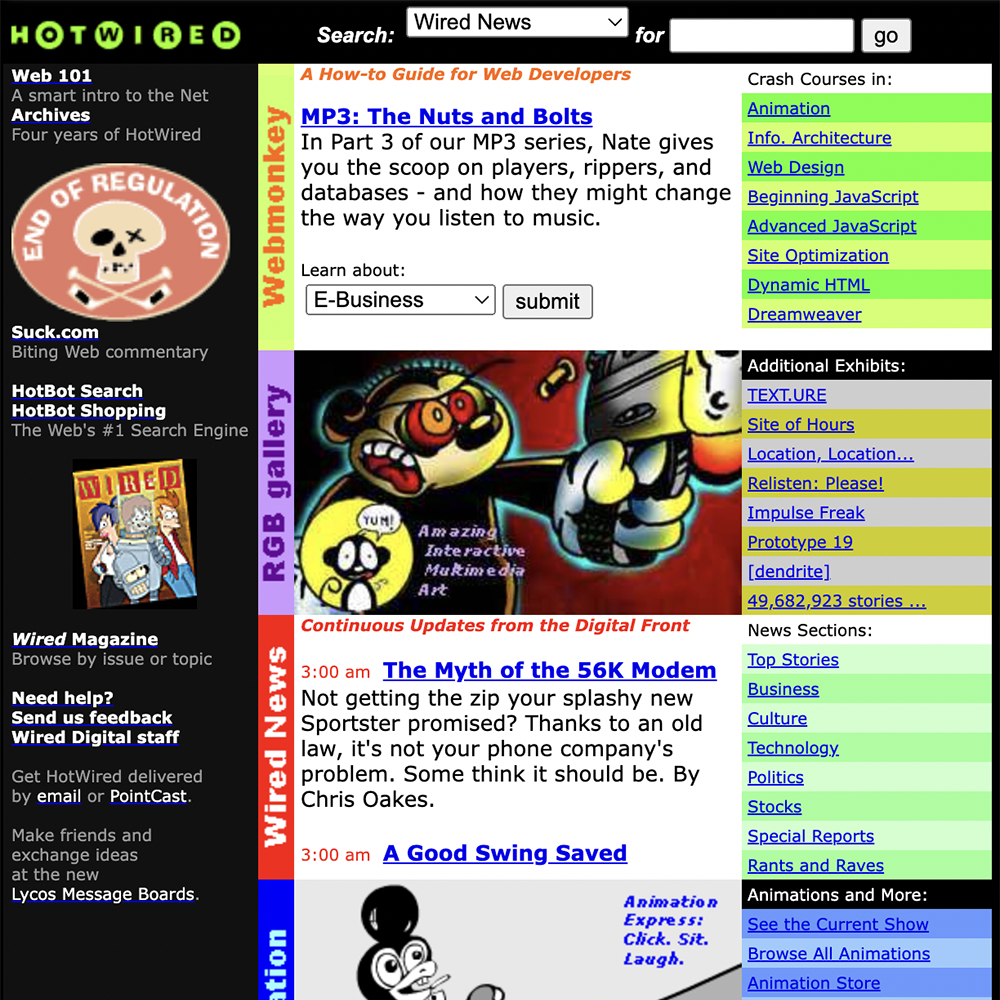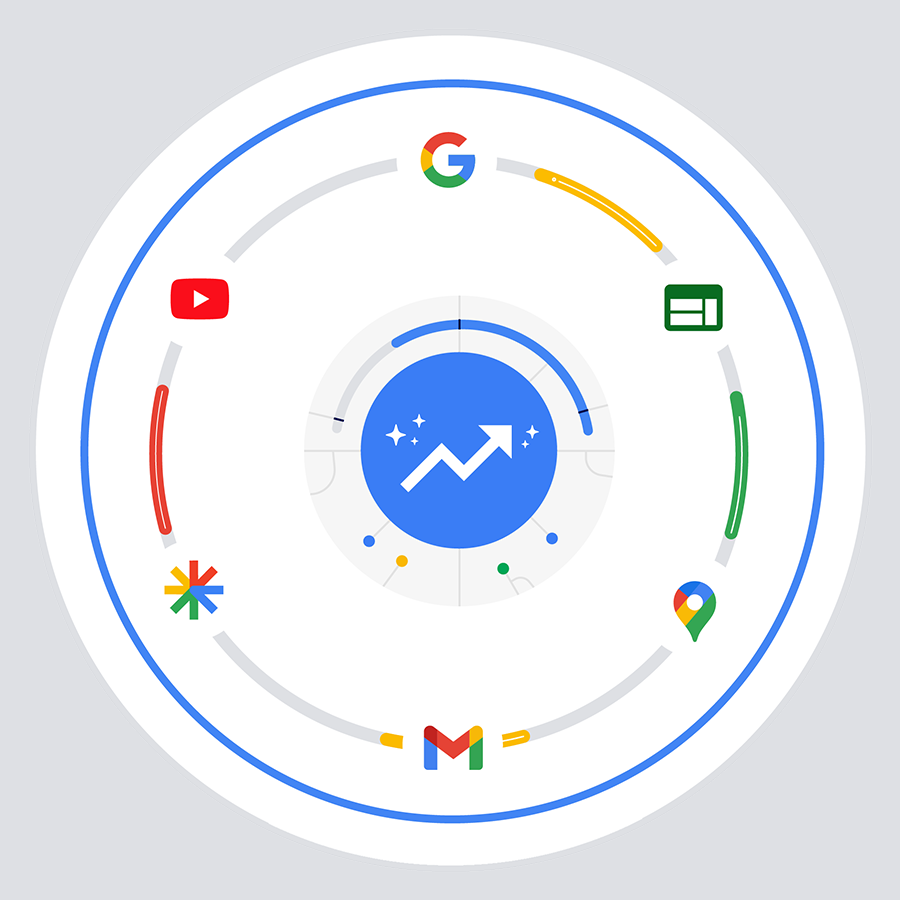
The role of online advertising in connecting businesses with their desired audiences is unparalleled. Among the array of online advertising platforms, Google Ads stands out as a dominant force. Curious about the inner workings of Google Ads? Look no further. In this comprehensive guide, we’ll delve deep into the mechanics of Google Ads and explore precisely how Google’s formidable platform functions to help businesses achieve their advertising objectives.
Understanding how Google Ads work
Google Ads, a creation of Google itself, serves as an online advertising platform that empowers businesses to exhibit their adverts on Google’s search engine results pages (SERPs) as well as across its extensive network of partner websites. These strategically positioned adverts come to the fore when users initiate searches using specific keywords closely related to the products or services on offer. Crucially, Google Ads operates on a pay-per-click (PPC) model, meaning advertisers are charged exclusively when users click on their adverts. Contact us, Custard, a PPC consultancy agency, to find out how you can optimise your PPC.
Deciphering the auction system
Keyword relevance
Every time a user enters a search query into Google, an auction takes place to determine the selection of adverts to be displayed. The linchpin in this process is the relevance of keywords. Advertisers meticulously choose pertinent keywords for their adverts. When a user’s search query harmonises with these keywords, the advert becomes eligible for display.
Quality score
Beyond just keywords, Google scrutinises the quality and relevance of adverts. This is where the Quality Score takes centre stage. The Quality Score serves as a metric that evaluates the overall quality of your advert, the alignment of your keywords, and the quality of the landing page to which the advert directs. The upshot of a higher Quality Score? Improved ad placements and decreased costs per click.
Bid amount
Advertisers stipulate bid amounts for their selected keywords. This figure represents the upper limit they’re willing to pay for a click on their advert. However, it’s important to note that Google’s ad placement decisions aren’t solely predicated on the highest bidder. Instead, the interplay between the bid amount and the Quality Score determines an advert’s Ad Rank, which in turn dictates its position on the SERPs.
Ad formats and placements
Google Ads boasts a diverse array of ad formats, tailored to cater to various advertising objectives. These formats encompass:
Search Adverts
These are text-based ads that materialise above or below the organic search results when users query specific search terms. Typically, they encompass a headline, description lines, and a URL.
Display Adverts
Display ads encompass an assortment of visual formats, from images to animations and videos. They grace Google’s expansive Display Network, comprising a multitude of partner websites.
Video Adverts
Video ads come to the fore on both YouTube and the Google Display Network. They allow businesses to captivate users with visually engaging content.
Shopping Adverts
Particularly beneficial for e-commerce enterprises, these ads showcase product images, prices, and business names, often leading users directly to product pages.
App Adverts
Tailored for promoting mobile apps, these ads can grace various Google platforms, including Google Search, YouTube, and the Google Display Network.
Targeting options: Reaching the right audience
Keywords
The foundation of how Google Ads works in a campaign lies in the selection of appropriate keywords. Advertisers must painstakingly research and cherry-pick relevant keywords that resonate with their products or services. To this end, Google’s Keyword Planner tool proves an invaluable ally, aiding in the identification of fitting keywords and estimating their search volumes.
Location and Language Targeting
Google Ads empowers advertisers to zero in on specific geographical locations and languages. This strategic manoeuvre ensures that adverts are presented to users more likely to harbour an interest in the showcased products or services, aligned with their location and language preferences.
Audience Targeting
Audience targeting affords advertisers the means to reach users based on demographics, interests, online behaviours, and more. This laser-focused approach heightens the effectiveness of adverts, displaying them to users with a higher propensity to convert.
Budget and bidding
Budgeting
Advertisers exercise granular control over their daily budgets, precluding any risk of overspending. Once the daily budget allocation is depleted, the adverts cease to appear for that day. This adaptable budgeting mechanism accommodates businesses of all scales within the ambit of Google Ads.
Bidding Strategies
Google Ads presents a gamut of bidding strategies, each tailored to suit diverse objectives. These strategies encompass:
- Manual CPC Bidding: Advertisers manually stipulate their maximum CPC bids for keywords.
- Automated Bidding: Google’s algorithms autonomously adjust bids, contingent on the likelihood of conversion.
- Target CPA Bidding: Advertisers set a target cost-per-acquisition, with Google modulating bids to meet that target.
- Enhanced CPC Bidding: Google augments manual bids based on the probability of conversion.
Measurement and optimisation
Conversion Tracking
To gauge the effectiveness of Google Ads campaigns, advertisers leverage conversion tracking. This entails embedding a code snippet within the website’s architecture to track actions like purchases, sign-ups, or downloads. Through meticulous analysis of these conversions, advertisers attain insights into the Return on Investment (ROI) of their campaigns.
A/B Testing
Continuous refinement constitutes the cornerstone of successful advertising endeavours. A/B testing is a tried-and-true practice involving the creation of multiple ad variations for performance evaluation. Elements such as ad copy, imagery, and call-to-action buttons are subjected to scrutiny, discerning the elements most resonant with the target audience.
Ad Extensions
Google Ads grants advertisers the luxury of ad extensions, supplementing the main advert with additional information. These extensions might include site links, call buttons, location particulars, and more. Ad extensions serve to amplify advert visibility and relevance, conceivably leading to heightened click-through rates.
How Google Ads work in the digital ecosystem
In a digital ecosystem where prominence is paramount, Google Ads emerges as the perfect vehicle for businesses to connect with their intended audience. Armed with a profound understanding of the auction system, ad formats, targeting nuances, budgetary constraints, and measurement tools, advertisers can craft campaigns that deliver palpable outcomes. As you embark on your journey with Google Ads, remember that keeping abreast of the latest trends and optimisation strategies is pivotal for maintaining a competitive edge in the ever-evolving realm of online advertising.
Contact us to talk all things Google Ads! Do you still need some convincing? Check out our latest results to see why we’re pros in the field of Google Ads!





